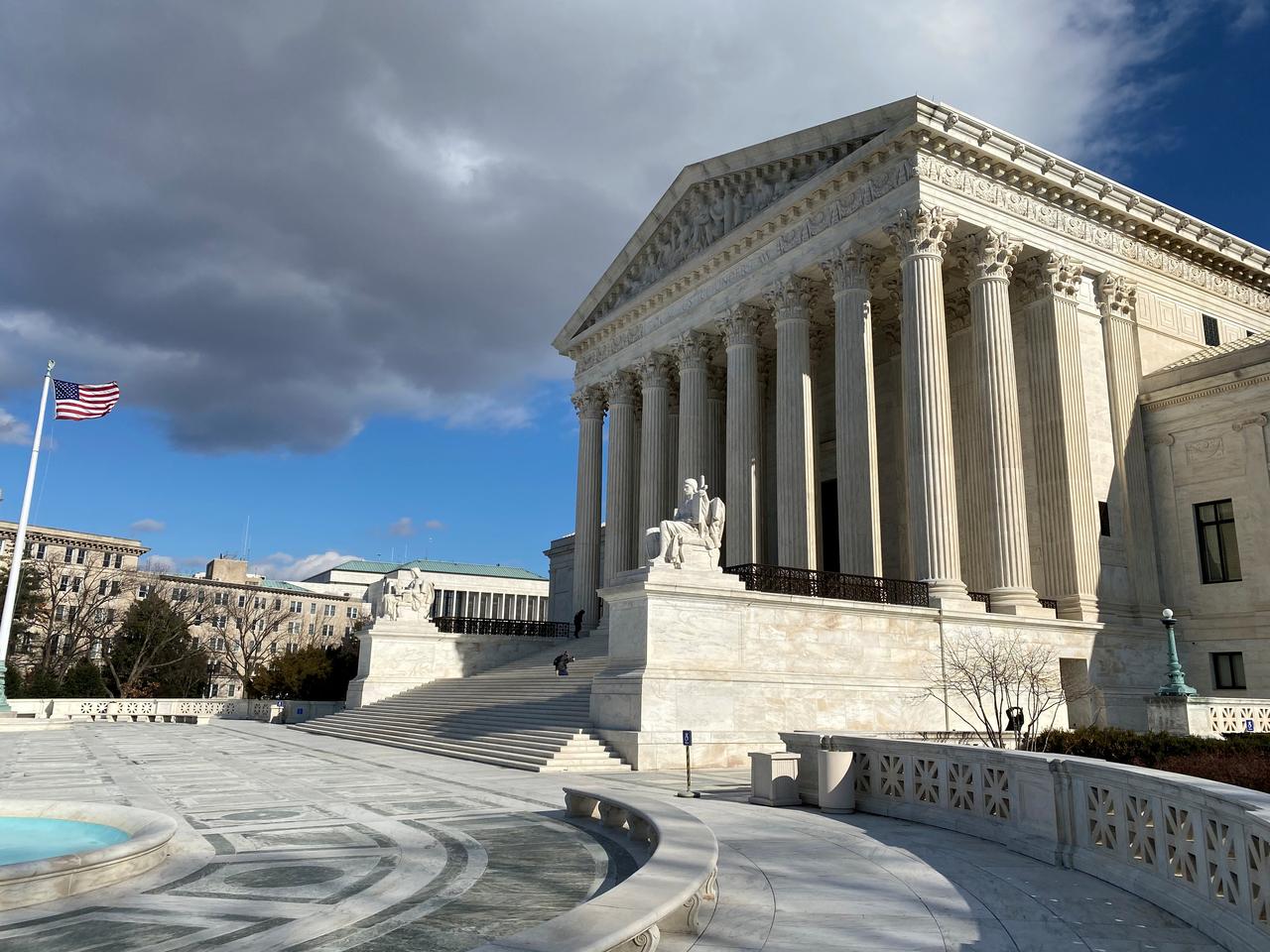
Editor's note: Chris Hawke is a graduate of the Columbia University Graduate School of Journalism and a journalist who has reported for over two decades from Beijing, New York, the United Nations, Tokyo, Bangkok, Islamabad and Kabul for AP, UPI and CBS. The article reflects the author's opinions and not necessarily the views of CGTN.
In 1937, the U.S. was eight years into the Great Depression. At the start of the economic collapse, income disparity in the U.S. was at a record high. Decades of environmental mismanagement caused drought and fearsome dust storms to ravage the country's heartland, creating 2.5 million refugees in their own country.
In response, Democratic President Franklin D. Roosevelt launched his New Deal, introducing work programs, Social Security and labor protections aiming to offer economic relief to the one in four families that no longer had an income, an economic slump that is in some ways comparable to the collapse caused by the pandemic in the U.S. today.
However, an intransigent Supreme Court seemed to be sabotaging his policies designed to pull the country out of its slump. Roosevelt fought back by proposing a plan that would expand the number of Supreme Court justices, stacking the court in his favor to ensure the execution of legislation passed by his Democratic allies. In the end, the Supreme Court softened its opposition to the New Deal, and Roosevelt backed off on his threat.
This backstory from 80 years ago is key to understanding the ferocious political battle set off in Washington by the death of Supreme Court Justice Ruth Bader Ginsburg. The highest priority of social conservatives and U.S. President Donald Trump's evangelical followers is overturning the Supreme Court's 1973 Roe v Wade decision that made abortion a constitutional right across the country.
Most Americans support Roe v Wade, but for many social conservatives who oppose abortion rights, the issue is a litmus test of who they will vote for. These voters would be willing to overlook Trump's many failures and shortcomings for an opportunity to overturn Roe v Wade. With the death of Ginsburg, Trump has an opportunity to appoint a third Supreme Court judge, giving the court a conservative majority for a generation.

President Donald Trump speaks to the media on the South Lawn of the White House in Washington, DC, U.S., September 19, 2020. /Reuters
President Donald Trump speaks to the media on the South Lawn of the White House in Washington, DC, U.S., September 19, 2020. /Reuters
Trump has pledged to nominate a judge quickly, a move Republican Senate Majority Leader Mitch McConnell says he will support. In 2016, after the death of arch-conservative Supreme Court Justice Antonin Scalia, McConnell blocked Democratic President Barack Obama's nomination for the Supreme Court, Merrick Garland. McConnell at that time claimed that with only eight months until an election, the vacancy should remain open and be decided by the next president. Now, McConnell and key Republicans have reversed their positions, and now want to push ahead with appointing a justice.
McConnell is being vague about whether the will vote come before or after the November 3 election, which has a very real chance of unseating Trump and the Republican Senate majority, also perhaps for a generation to come due to demographic changes in the U.S. The Republican-controlled Senate can push through the nomination due to recent changes in voting rules. This means the Democrats have no way to stop Republicans.
However, this would be a risky path if the Republicans end up in the minority in January, because the Democrats will likely extract their revenge. If McConnell fills the vacancy, Democratic Senator Edward Markey wrote on social media that "when Democrats control the Senate in the next Congress, we must abolish the filibuster and expand the Supreme Court." Senate Minority Leader Charles Schumer repeated the threat, telling fellow Democrats that "nothing is off the table" if Republicans move forward with the nomination this year.
These Democrats are threatening to make good on the threat made by Roosevelt in 1937 to pack the Supreme Court. Legally, there is nothing stopping them from doing so. And if McConnell violates his own rule and nominates a justice during an election year, there will be no ethical restrictions or lingering sense of comity to hold Democrats back.

The U.S. Supreme Court building in Washington, U.S., January 21, 2020. /Reuters
The U.S. Supreme Court building in Washington, U.S., January 21, 2020. /Reuters
The opening on the Supreme Court should benefit Trump ahead of the election. It is a distraction from the coronavirus epidemic and economic disarray in the country, and an incentive for Republicans who find Trump personally odious to turn out for the election and vote for him anyways.
In addition, having a conservative judge on the Supreme Court could make a difference in deciding a messy election. In the 2000 election, the court chose Bush as president in a remarkably partisan decision. Furthermore, Trump could win voters by nominating someone like Barbara Lagoa, whom the president notes is Hispanic and from Florida, a key battleground state.
In a sense, the better outcome for the United States would be for the Republicans to win the Senate and presidency in November. This would prevent the further shredding of norms by Republicans and Democrats that allow institutions like the Supreme Court and the Senate to continue functioning. If Republicans end up pushing through a nominee and Democrats respond by ending the filibuster in the Senate and stacking the Supreme Court, both institutions may never recover from the damage to their credibility or regain the ability to navigate beyond partisanship for the good of the country.
However, like so many issues facing the U.S. right now, partisan rancor seems likely to prevent any serious efforts to fix the profound problems facing the nation.
(If you want to contribute and have specific expertise, please contact us at opinions@cgtn.com.)